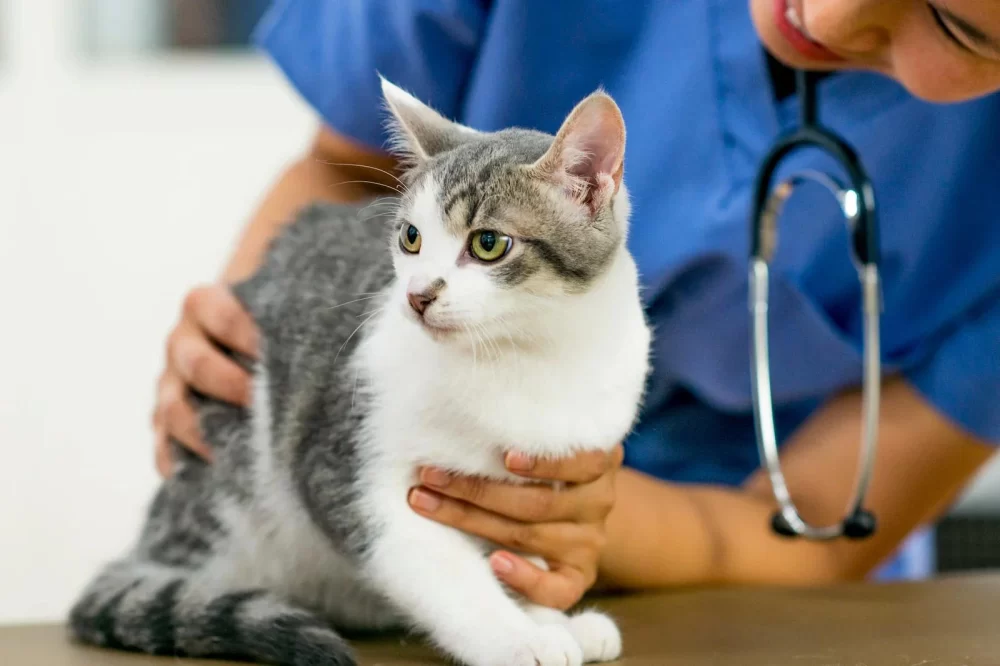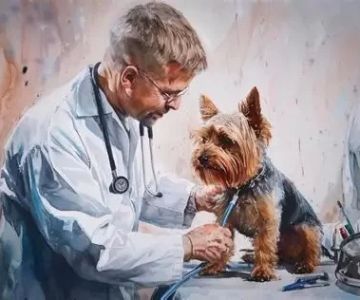- Common Signs of Respiratory Infection in Cats and Dogs
- Understanding the Causes and Risks of Respiratory Infections
- How to Care for Pets with Respiratory Infections
- Real-Life Cases and Importance of Professional Help
1. Common Signs of Respiratory Infection in Cats and Dogs
Respiratory infections in pets can be subtle at first but quickly escalate, so recognizing the signs early is crucial. Both cats and dogs show similar symptoms, but some differences depend on species and severity. Typical signs include persistent coughing, sneezing, nasal discharge, and labored breathing. Owners often notice their pet’s reduced energy levels and appetite, as breathing difficulties can cause discomfort and fatigue.
For cats, watery eyes and frequent pawing at the face might accompany the infection. Dogs may exhibit a harsher cough and may seem more lethargic. In severe cases, you might observe wheezing or bluish gums, which indicate low oxygen levels—a sign to seek urgent veterinary care.
It’s important not to ignore subtle symptoms such as mild sneezing or occasional coughing. These can develop into more serious conditions if left untreated. Understanding these signs enables pet owners to act quickly, potentially saving their furry friends from complications.
1.1 Nasal and Ocular Discharge
Clear discharge may signal early infection stages, but thick, yellow, or green mucus usually means the infection is progressing. Both cats and dogs can experience this symptom, often alongside sneezing or coughing fits. Observing changes in the discharge’s consistency or color is a vital clue to the infection’s severity.
1.2 Changes in Breathing and Behavior
Heavy breathing, open-mouth breathing in cats (which is unusual for them), and general restlessness can signal respiratory distress. Pets may isolate themselves or show irritability due to discomfort. Monitoring these behavioral changes gives insight into how the infection affects their well-being.
2. Understanding the Causes and Risks of Respiratory Infections
Respiratory infections in cats and dogs can arise from various sources, including viruses, bacteria, fungi, and environmental factors. Common pathogens like feline herpesvirus or canine parainfluenza virus spread easily, especially in crowded or stressful environments such as shelters or boarding facilities.
Seasonal changes, cold weather, or poor ventilation can increase vulnerability. Additionally, young pets, seniors, or those with compromised immune systems face higher risks of severe infection. Exposure to irritants like smoke or allergens may also trigger symptoms or worsen existing conditions.
2.1 Viral vs. Bacterial Infections
Most respiratory infections start as viral illnesses and may develop secondary bacterial infections. This progression can worsen symptoms and complicate treatment. Veterinary diagnostics are essential to distinguish between these causes, ensuring appropriate treatment plans.
2.2 Preventive Measures and Environmental Factors
Maintaining a clean, stress-free living space and ensuring up-to-date vaccinations are critical preventive strategies. Good nutrition and avoiding exposure to sick animals also help reduce infection risks. At Hidden Brook Veterinary, we provide tailored advice and vaccination plans to protect your pets year-round.
3. How to Care for Pets with Respiratory Infections
Caring for a pet showing signs of respiratory infection requires patience and vigilance. First, keep your pet comfortable and hydrated. Using a humidifier or taking your pet into a steamy bathroom can ease breathing difficulties by loosening mucus.
Feeding can be challenging if your pet loses appetite; offering warm, palatable foods can encourage eating. Avoid exposure to smoke, strong perfumes, or dusty areas which may aggravate symptoms.
3.1 When to Seek Veterinary Care
Some symptoms require immediate professional attention, such as difficulty breathing, persistent high fever, or refusal to eat or drink. Early intervention can prevent complications like pneumonia. At Hidden Brook Veterinary, our team is equipped to perform thorough examinations, diagnostic tests, and prescribe suitable treatments including antibiotics, antivirals, or supportive care.
3.2 Medication and Follow-Up
Administering prescribed medications fully and attending all follow-up visits is crucial. Incomplete treatment may lead to relapse or resistant infections. We encourage pet owners to keep detailed notes of symptom progression to share with their veterinarian, enhancing care quality.
4. Real-Life Cases and Importance of Professional Help
Consider the case of Max, a five-year-old dog who initially showed mild sneezing and a runny nose. His owner thought it was a minor cold, but after a week, Max developed a harsh cough and lethargy. A timely visit to Hidden Brook Veterinary confirmed a bacterial respiratory infection requiring antibiotics. Max recovered fully with professional care, demonstrating how early diagnosis and treatment matter.
Similarly, Luna, a two-year-old cat, was brought in with severe eye discharge and labored breathing. After comprehensive testing, she was diagnosed with feline herpesvirus, requiring both medication and environmental management. Her story highlights the complexity of pet respiratory infections and the need for specialized veterinary knowledge.
These examples reinforce that recognizing early signs and seeking professional advice can make a life-changing difference for pets. The compassionate experts at Hidden Brook Veterinary are committed to guiding pet owners through diagnosis, treatment, and prevention, ensuring pets lead healthy, happy lives.












